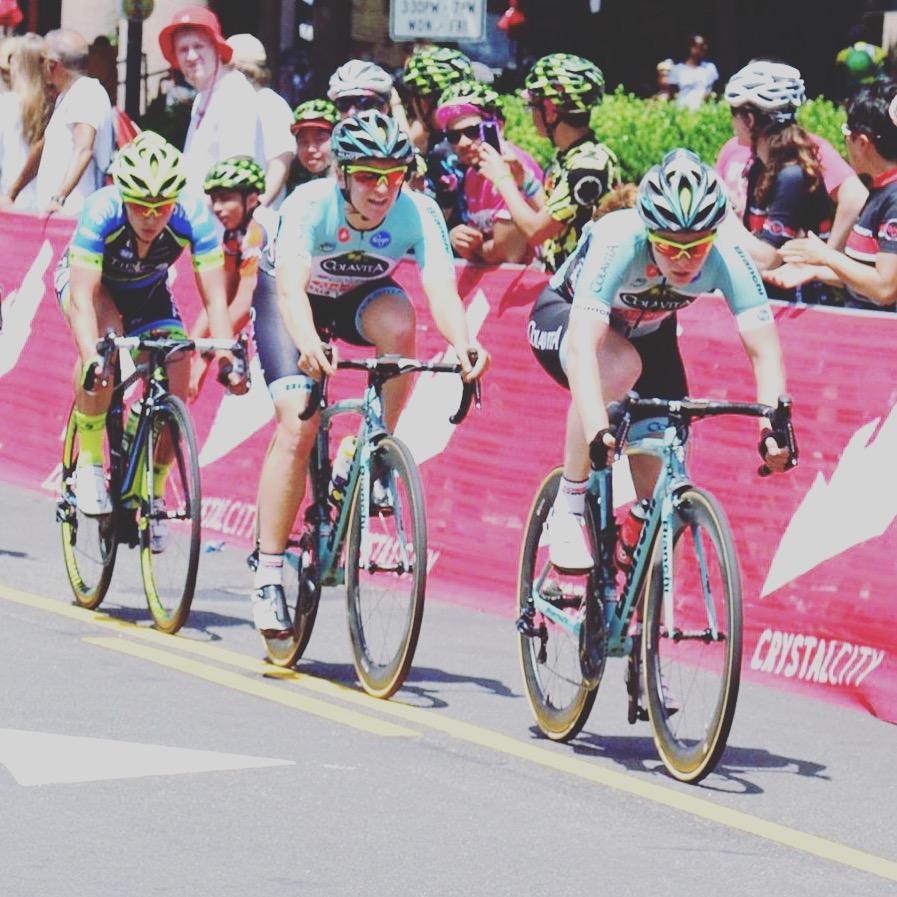Relative Efforts of the Breakaway vs. Sitting In the Peloton

Drafting is the fundamental building block upon which all road racing strategies and tactics are based. That’s often an overlooked and underappreciated aspect of any race at every level of the sport. Conversely, there is a definitive strategic advantage to having rider(s) up the road both tactically (they are in a position to win) and strategically (neutralizing the breakaway will take an enormous amount of energy). However, there really isn’t much out there that examines the different efforts between two riders in the same race with one in the break and one in the peloton.
First, let’s discuss the obvious limitations to this case study. There are more variables than there are controls. Rider skill, hydration, fuel intake, equipment, the riders are different individuals and a sample size of 1 in each group, among others not mentioned. The goal here is to give you a conceptual idea of the difference in effort between sitting in or being in a breakaway.
I’m examining two athletes on Team Colavita Whitney Allison, a Source Endurance athlete, and one of her teammates during Stage 3 of the Joe Martin Stage Race. Both are similar in mass with Whitney’s functional threshold power (FTP) modeling on WKO4, with performance to match, at 275W while Teammate’s FTP was reported at 255W. On all the figures, I’ve dropped a yellow dotted line at their respective FTP and one at FTP+ 10%. The power, heart rate, speed have all been standardized for each athlete’s graphs to make comparison easier.
The Breakaway
I’ve chosen to highlight only the break away for this article. All in all, it went just a few kilometers beyond one complete lap of the circuit for a total of 70 minutes.

Figure 1 Whitney Allison, Breakaway Effort

Figure 2 Teammate sitting in
Graphs are both smoothed to 2 minutes to make it easier to see the trends. You’ll notice that all the power output line (yellow) is elevated for the entirety of the breakaway effort relative to Teammate’s. That is the difference between drafting and not, and it’s substantial; 911kJ v 699kJ or 23% in favor of sitting in. While that’s a big deal, it’s not to say that staying in the peloton drafting is without energy use. Teammate still had to be able to ride at an Intensity Factor (IF) of 0.75 the entire time at 205NP, so she was definitely using energy. The relative difference is the important variable.
During this same time, Whitney was churning away at 243NP, IF= 0.88. At that intensity, she’s not only using energy faster but she’s creating fatigue at a rate far outpacing that of Teammate. While this is not an ideal situation for Whitney, it allows Teammate to conserve and save that energy until the next pivotal strategic point of the race.
In a future article, we’ll evaluate how this knowledge can be strategically and tactically used to produce a win in a race. But for now, we’re keeping it simple and laying a foundation.

Adam’s true talent comes with his ability to combine his vast experience with his knowledge of sport. He is indeed a student of science, sport, athletic performance, strategy, and tactics. He continuously educates himself by keeping up to date with current trends and methods in sport. Adam is able to incorporate these attributes to help his clients reach and exceed their goals whether they are a beginner or a seasoned professional. Learn more about Adam and Source Endurance here.
